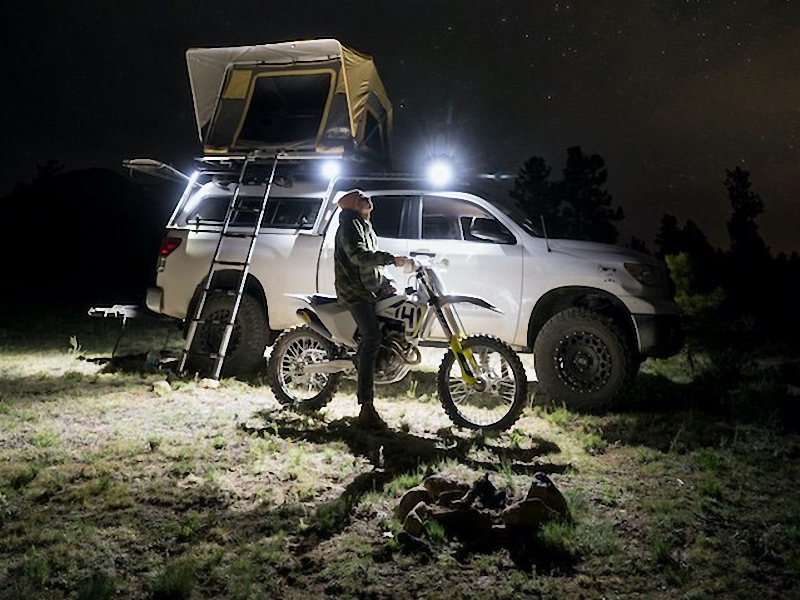NEWS
NEWS
What do we need to know before choosing correct LED navigation lights for off-roading
18-04-2024
LED navigation lights are so important for off-road adventures as they provide excellent visibility, improved depth perception, reduced glare, durability, and power saving illumination.
There are two major types of LED navigation lights for off-roading, one is LED driving/combo light,the other is LED spot light. The first type of lights provide a broad beam pattern that illuminates a large area around your vehicle. They are ideal for high-speed driving or situations where you need maximum visibility. The second type achieves a narrow, focused beam of light that can shine far into the distance. They are helpful for illuminating objects before you or for navigating tight trails.
Here are some important factors to consider before choosing the correct LED navigation lights for your off-road adventures:
1) Choose the correct types of LED Navigation Lights depending on actual requirements based on required illuminating area
There are two main categories of LED navigation lights for off-roading:
2) Brightness (Lumens): Lumens measure by optical spheres for the total amount of light emitted by an LED light. Higher lumens indicate a brighter light. While brighter might seem always better, its not the only factor. The best lumens depend on your off-roading requirement.
For high-speed driving on open trails, a range of 10,000 to 15,000 lumens is sufficient.For technical trails or slow crawling, a lower range of 5,000 to 10,000 lumens might be better to avoid blinding yourself or others.
3) Reduced Glare: There are often dust, fog, or rain in Off-road environments . Regular LED headlights can reflect off these elements, creating glare that hinders visibility. LED navigation lights are designed to minimize glare, especially amber-colored LEDs, making it easier to see the path ahead without straining your eyes. This reduces fatigue and allows you to focus on driving safely.
4)Beam Pattern: As we know, different LED navigation lights have vareid beam patterns. Choosing the right pattern depends on your applications.
Driving/Combo Beams: These offer a wide and long beam pattern for maximum visibility.
Spot Beams: These provide a focused beam for long-distance penetration.
Fog Beams: Amber-colored fog beams help cut through fog, dust, or rain with minimal glare.
5)Light Color Temperature: The color temperature of LED lights is measured in Kelvins (K). Heres a general guide:
Warm White (2700K-3500K): These lights offer better visibility in foggy or dusty conditions.
Cool White (4000K-5500K): These provide a good balance between distance and width of illumination.
Daylight (6000K and above): These mimic natural daylight and offer the farthest light projection.
6) Actual power consumption requirements: LED lights are energy-efficient, but it is still important to consider their power consumption (wattage). Higher wattage lights will drain your battery faster. Choose lights with a balance of lumens and wattage that suits your electrical systems capacity.
7) Durability and Waterproofing: Off-road driving means passing by rough terrain and harsh conditions. Look for lights with a durable quality and an IP67 rating that signifies their resistance to water and dust. An IP rating of IP67 or higher ensures they are dustproof and can withstand powerful water washing.
8) Mounting Options: Consider how and where you will mount the lights on your vehicle. Different lights have different mounting choices. Choose brackets or mounts that are compatible with your vehicle and the chosen lights.
In the year 2024,LED navigation light trend for off-road adventure is likely to be driven by innovation in beam patterns, smarter functionalities, extreme durability, and a growing focus on energy efficiency and sustainable practices.
Globally ,these are just a few of the world-famous companies that focus LED navigation lights for off-road adventures, such as Baja Designs,Rigid Industries,Lazer Lamps,Nilight,JW Speaker,etc. The best choice depends on your specific needs and budget. Consider the factors mentioned earlier, like beam pattern, lumens, wattage, durability, and mounting options.


